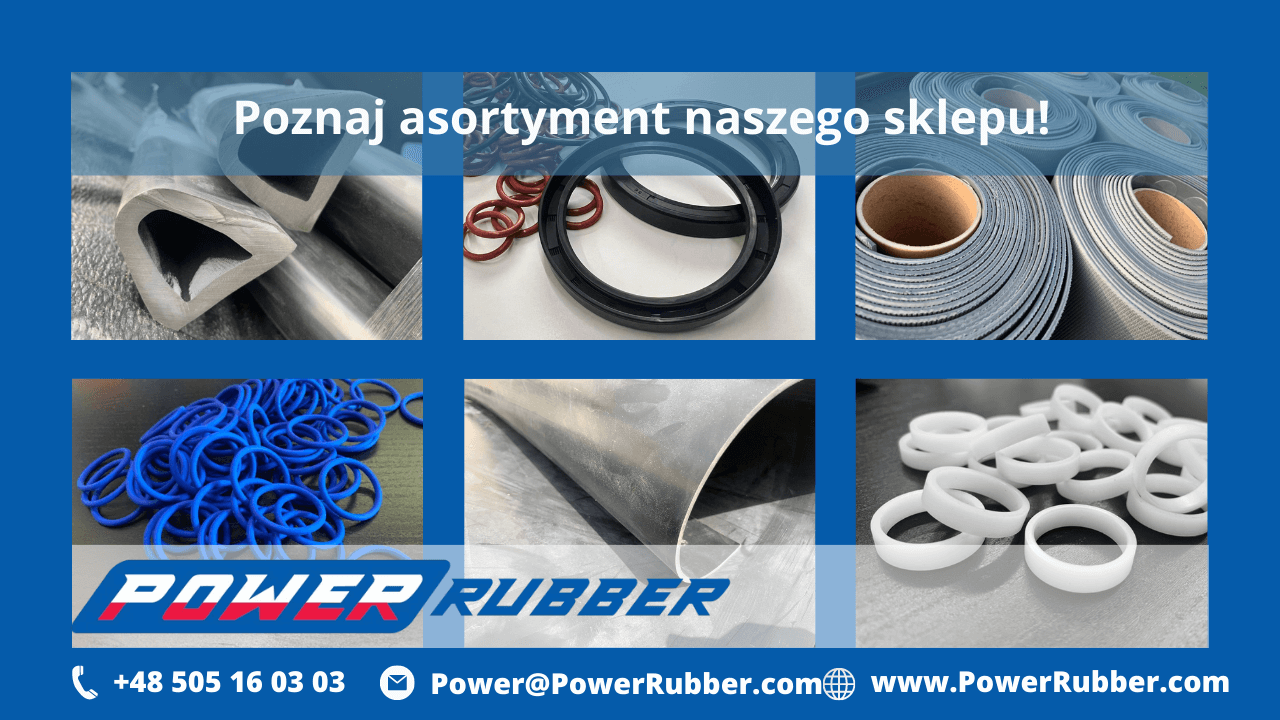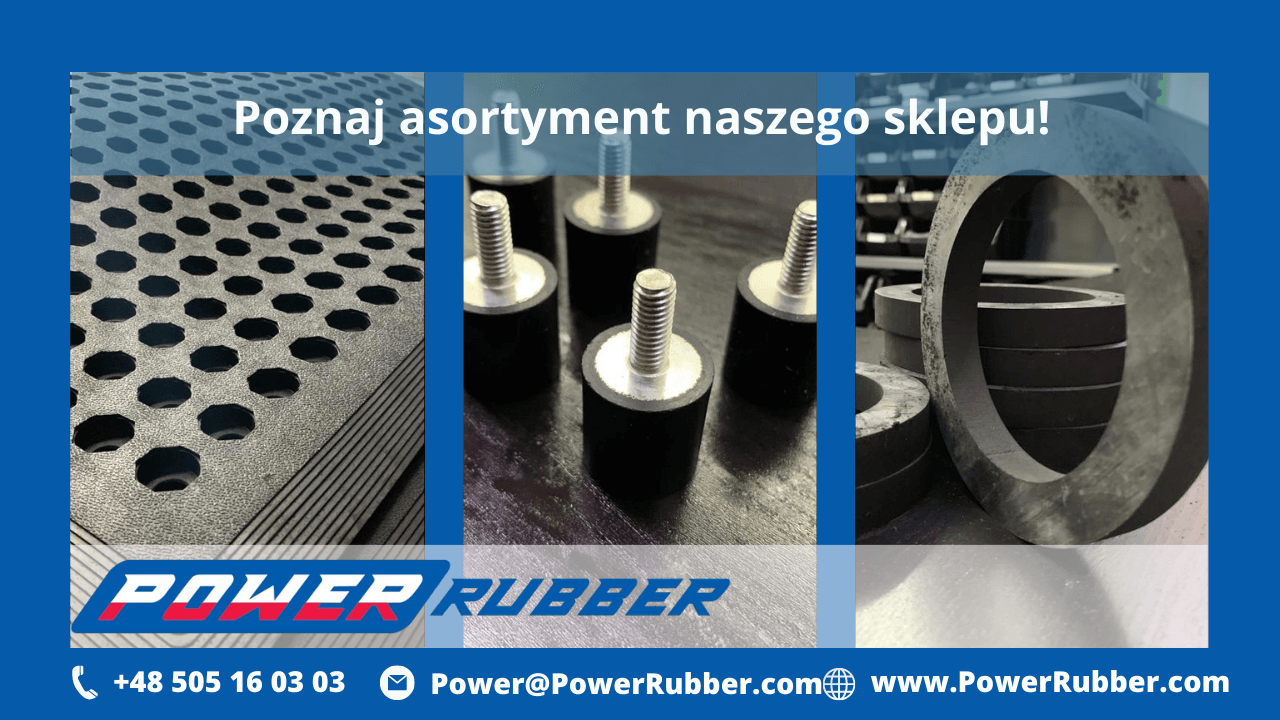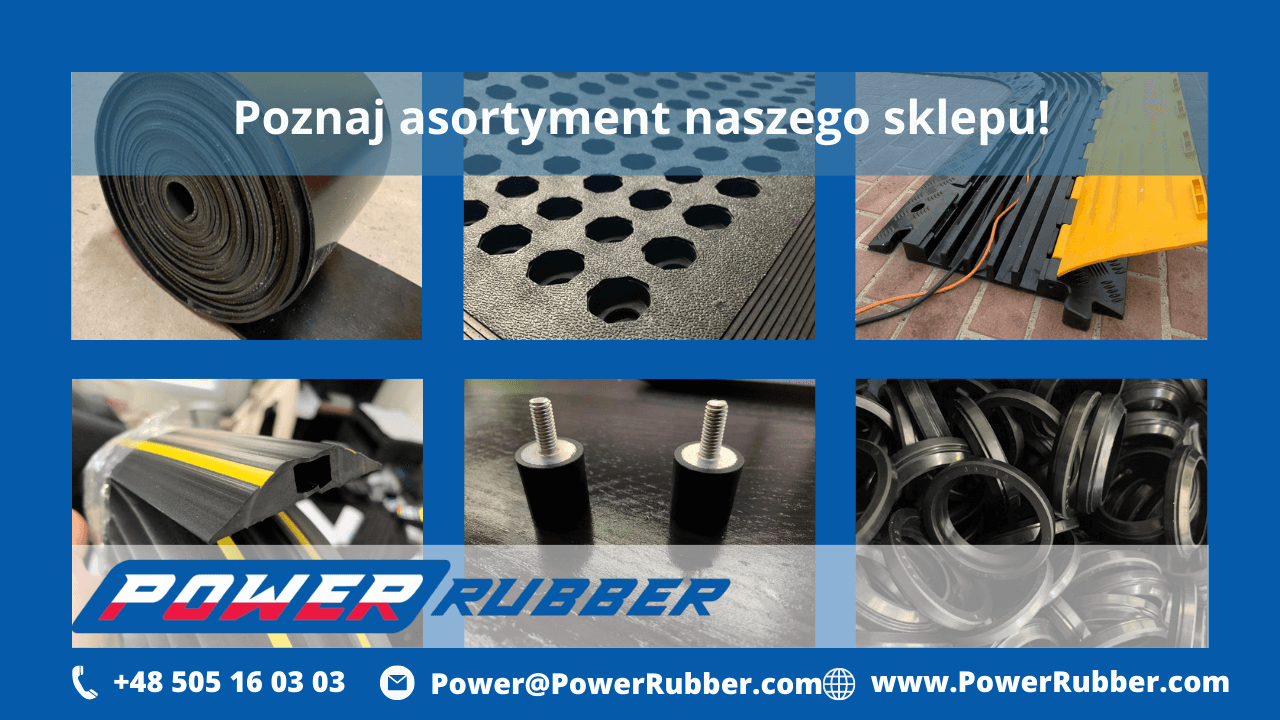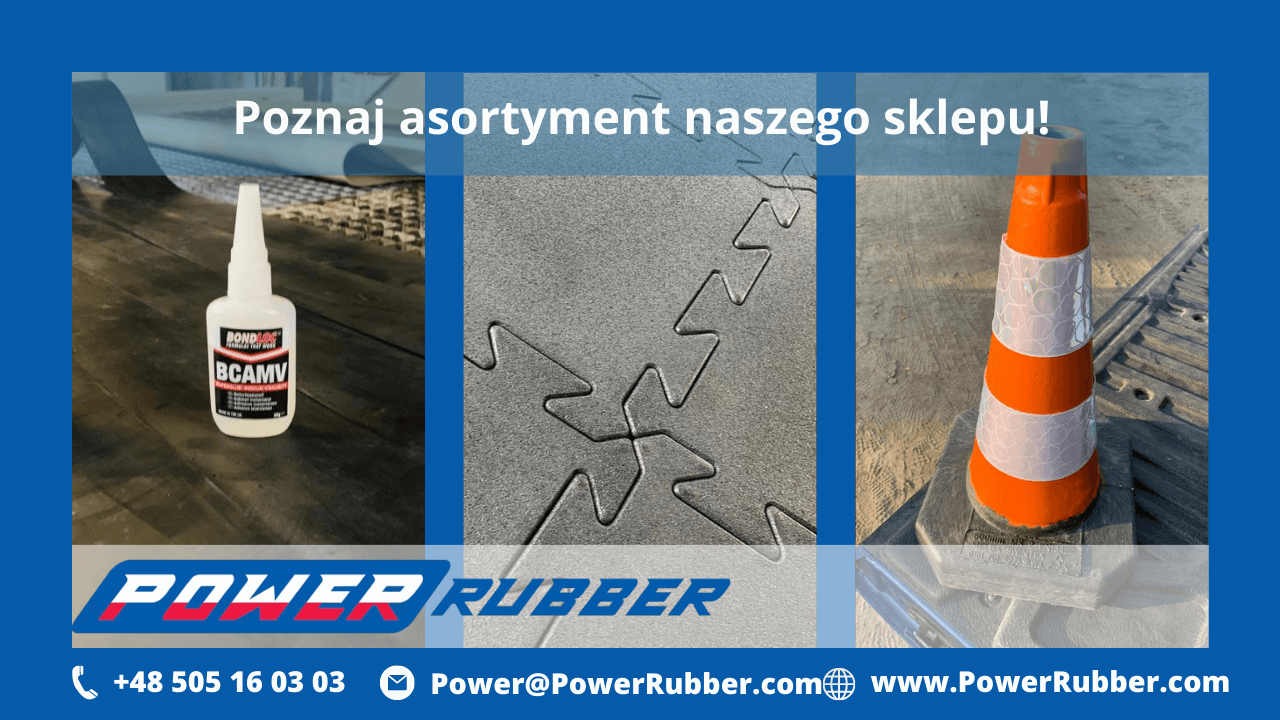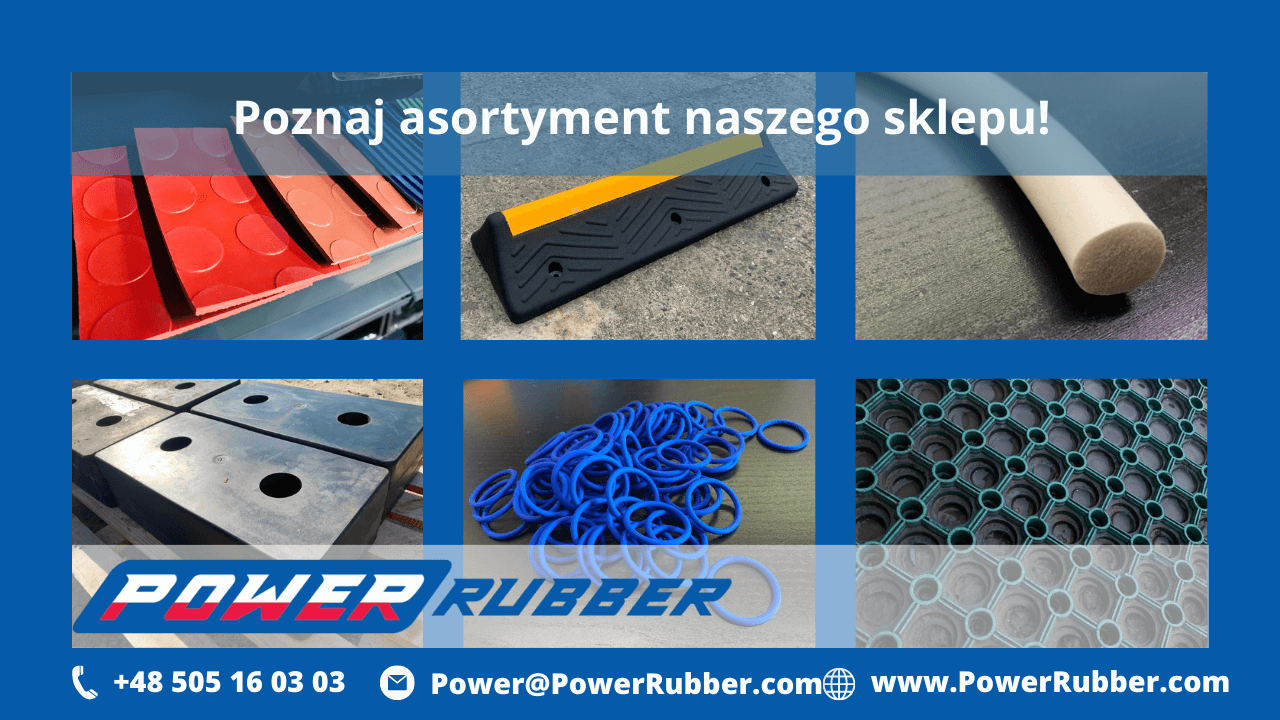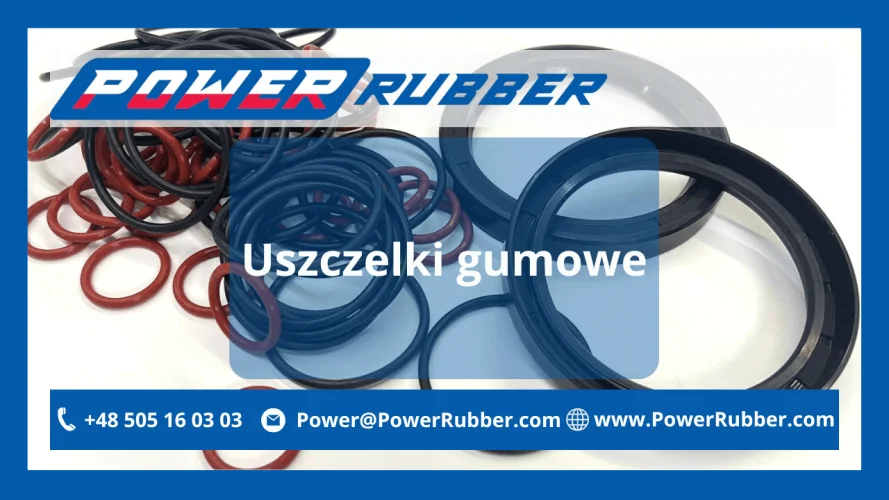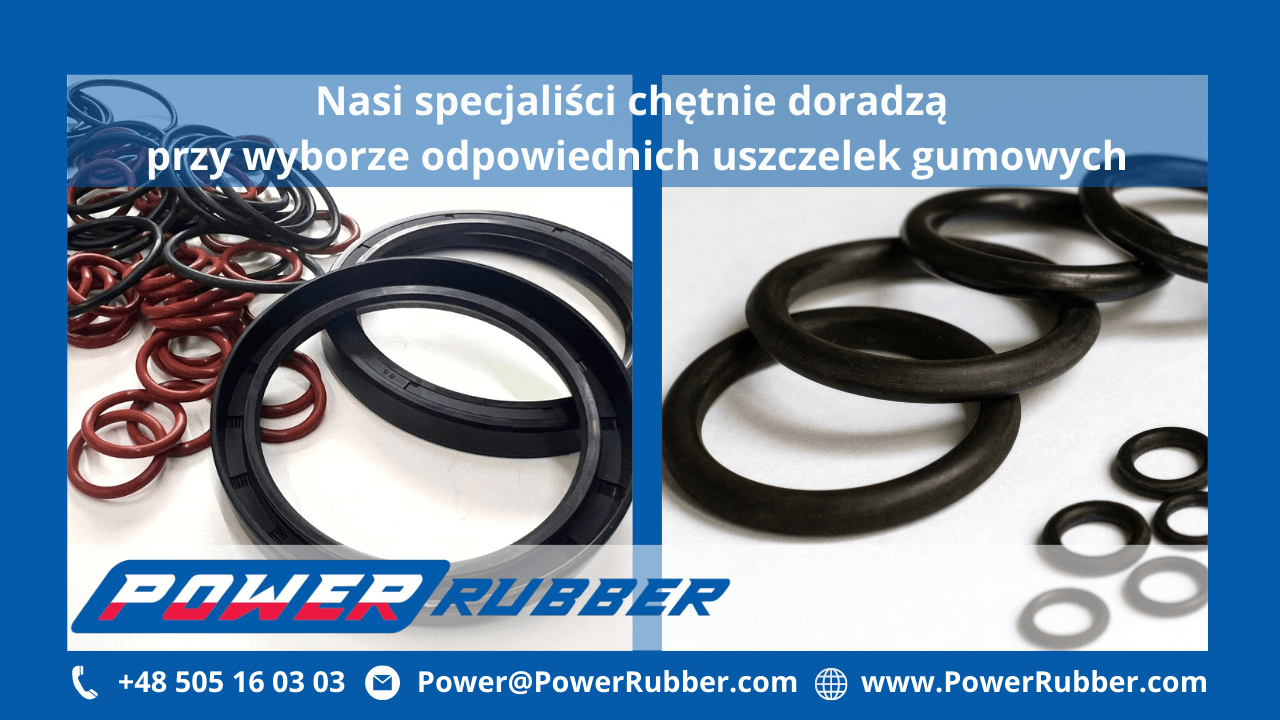Rubber Seals Types
Rubber seals are essential for preventing fluid leakage and preventing the entry of contaminants such as dirt, dust, and moisture. Depending on the type of rubber used, each seal offers unique properties suited for specific applications.
Rubber seals can be made from different materials, and the right choice of material is critical for sealing efficiency. Here is an overview of the most common types of rubber used to make seals:
SBR Rubber
SBR (styrene-butadiene rubber) is resistant to weathering, ozone, and glycol-based hydraulic fluids. It is also resistant to many solvents, such as acids, bases, and water.
EPDM Rubber
EPDM (ethylene-propylene-diene rubber) is highly resistant to silicone oils and greases, polar solvents, potassium and sodium bases, cleaning agents, and many chemicals.
Silicone
Silicone retains its elasticity even at high temperatures. It is commonly used in the food, pharmaceutical, and medical industries, offering excellent resistance to oxidation and high temperatures.
NBR Rubber
NBR (nitrile butadiene rubber) is resistant to oils, gasoline, non-flammable hydraulic fluids, and aliphatic hydrocarbons. It is commonly used in high-pressure and high-temperature environments.
NR Rubber
NR (natural rubber) maintains stability even in the presence of alcohols, esters, glycols, and ketones.
Door and Window Seals
Rubber seals for doors and windows are widely used and easily available. They are often equipped with a self-adhesive layer, making them easy to apply. These seals are resistant to wear, bending, and extreme weather conditions, mainly used in the autumn and winter seasons to keep wind and cold out.
Silicone Seals
Silicone is a synthetic rubber mainly used in applications at extreme temperatures, up to 300°C. It is ideal for the food and pharmaceutical industries and offers excellent resistance to oxidation and high temperatures.
Flat Seals
Flat seals are used in static applications to seal connections between two flat surfaces. They offer a larger contact area than O-rings and are made from various types of rubber. They are used in many industries, including food and drinking water applications.
Edge Seals
Edge seals made from rubber protect the edges of doors, shelves, and other sharp elements. They are available in various shapes such as U, P, D, B, H, and T and are used in applications requiring resistance to oil, water, and heat.
O-Rings
O-rings are widely used seals made from different types of rubber. They are commonly used in industries such as automotive, food, hydraulics, and pneumatics. They can be found in household applications such as kitchen faucets, bike handlebars, and garden hoses.
Advantages of Rubber Seals
Rubber seals offer many benefits:
-
Prevent fluid leakage (e.g., lubricating oil).
-
Seal spaces between moving and stationary parts.
-
Provide hermetic sealing in automotive and aerospace industries.
-
Available in standard and custom sizes.
-
Wide range of colors.
-
Depending on the material, resistant to damage, dynamic loads, and extreme temperatures, offering high elasticity.
Applications of Rubber Seals
Due to their flexibility, rubber seals are widely used in many industries. Various types of materials provide versatile solutions in different situations. Here are a few examples of applications:
-
Mining industry
-
Hydraulics (sanitary installations)
-
Automotive (fuel lines, windows, doors, engine and transmission parts)
-
Aerospace (fuel and hydraulic systems)
-
Shipping (hatches, doors, windows on ships)
-
Household appliances (electrical devices)
-
Doors and windows
-
Ships and containers (protection of nozzles, openings, liquid containers)
-
Food and pharmaceutical industries (valves, pipe connections, and accessories)
We offer a wide range of rubber products.
For further questions, please contact us by phone at +48 505 16 03 03, by email at Power@PowerRubber.com, or via our contact form.
